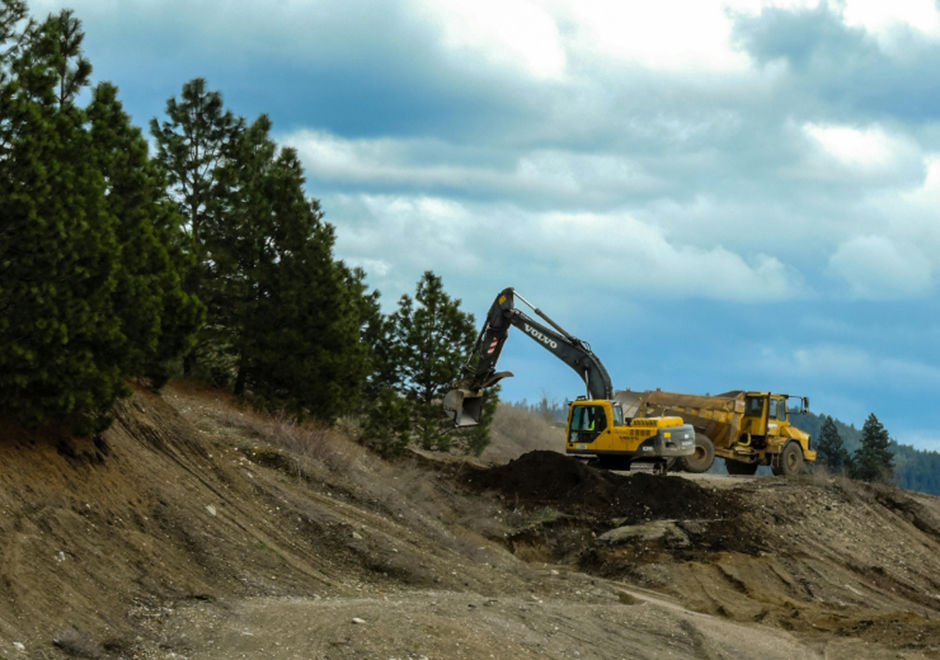How to Create a Koi Pond in Your Garden
- P. R. Weldhen
- May 19, 2022
- 2 min read

If you’ve ever dreamed of having your very own pond with koi swimming around in it, you don’t have to wait. This is something you can do yourself and rather easily. Let’s look at what is required.
Choose a Location
Your koi pond needs to be in an area where it won’t receive direct sunlight all day. In the summer, if it’s too hot, the water will heat up and can end up growing more algae. The warm water may be too much for the fish and can cause them to suffer or even die.
Ideally, your pond should be placed so you can see it from your home. This ensures you’ll walk there more often and enjoy the view from your home.
Decide on a Size
A good koi pond should be a minimum of 7,000 litres. This is the smallest recommended size for a koi pond and ensures you’ll have happy fish and lots of room for them to swim around in the pond.
Dig a Hole
The next step is to draw out a design for the pond on the grass and then dig it out. You will want to create a natural looking shape with curves in it to give a more natural feel to the piece.
Set Up the Pond
Getting the pond ready for your fish is the most complex part of the entire process. You’ll want to line the hole you’ve dug with a pond liner. It can be trimmed, but should reach a good 15 cm outside the pool so you can place rocks around the edges to hold the liner in place. Smooth it out.
Next, you’ll need to install the bacteria tank and a water filter, as well as a water pump. These will need to be the appropriate size for the size of your pond. Most people use the water pump to pump water up into a pile of rocks, which may be placed at one end of the pond, to create a small waterfall. Koi require circulating water for survival, so plan ahead and add a waterfall.
Add Rocks
Looking for ways to make your fish happy? You’ll need to give them some areas to root in. This means adding in some fairly smooth rocks or aggregates that are small enough for fish to dig in without hurting themselves.
Fill with Water and Fish
It’s a good idea to fill your pond a couple of weeks before you add fish or plants. This will give you time to ensure it doesn’t leak and to circulate the water for a while. Once some sediment has built up, you can add in some plants to help manage the nitrates, then add in the fish.
Your pond will require more maintenance and care in the beginning, but once established, your fish will do wonderfully on their own. You will need to do very little, apart from enjoying them.
Need to build a koi pond? PR Weldhen has the equipment you need to dig up that pond.




Comments